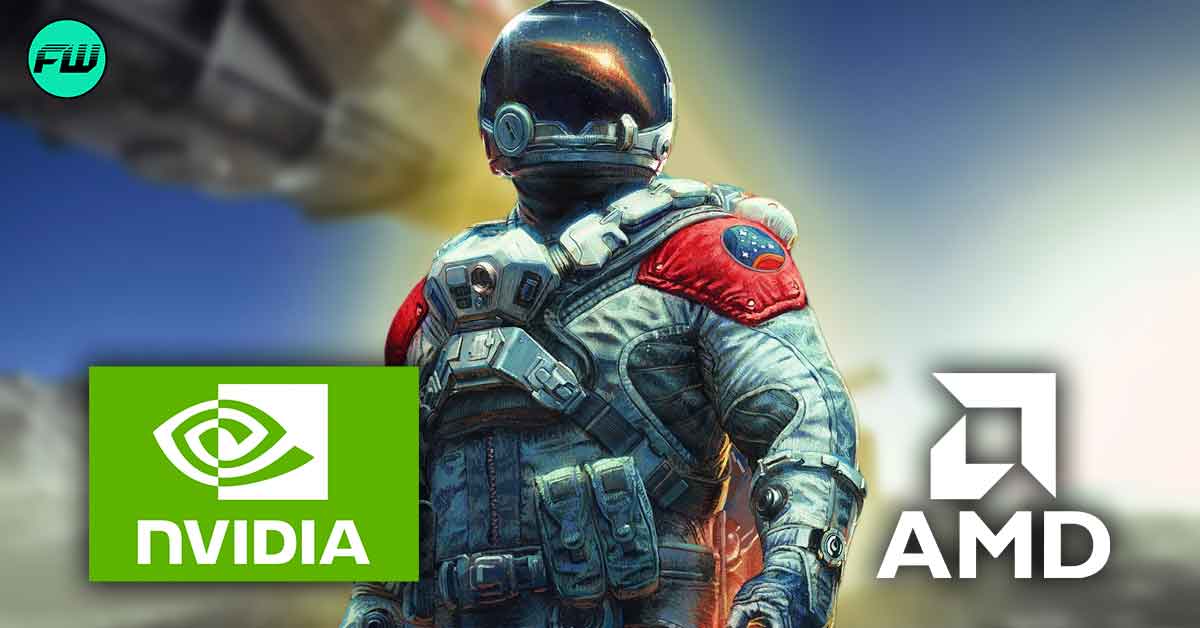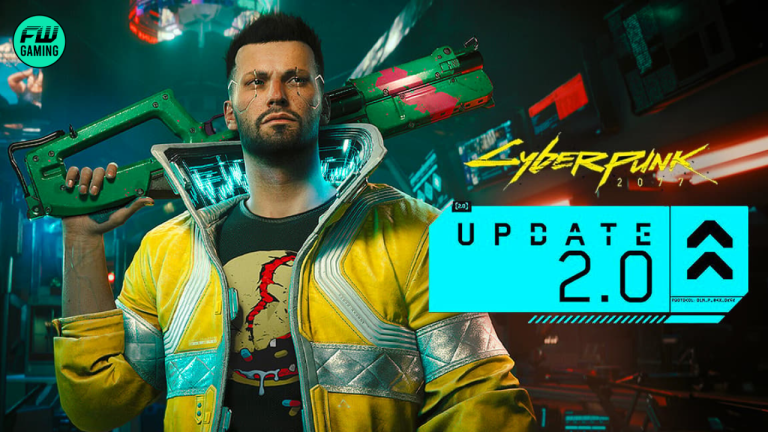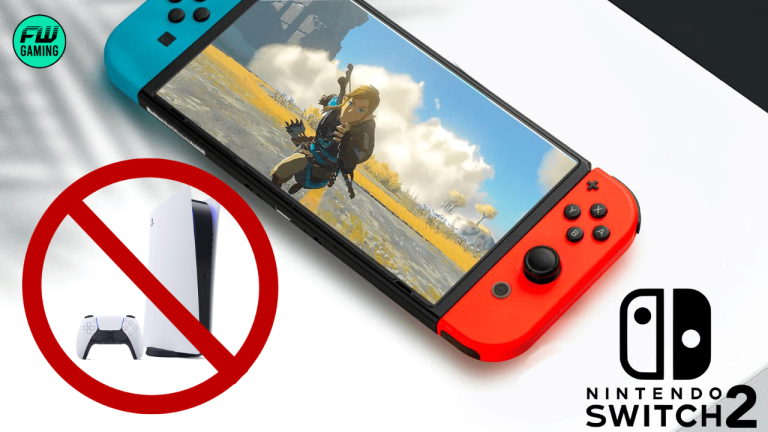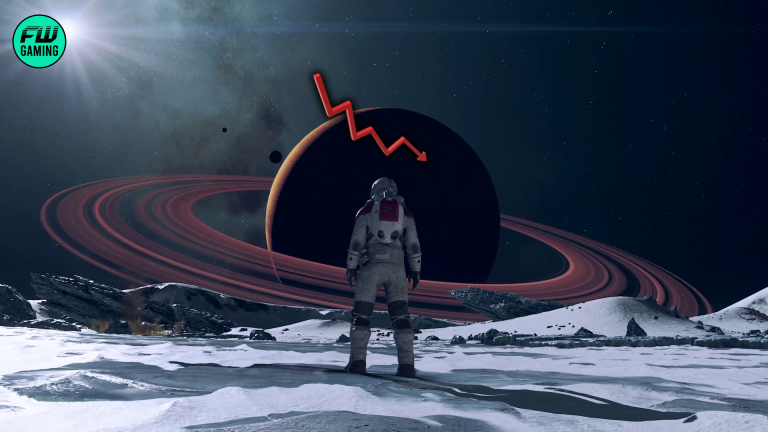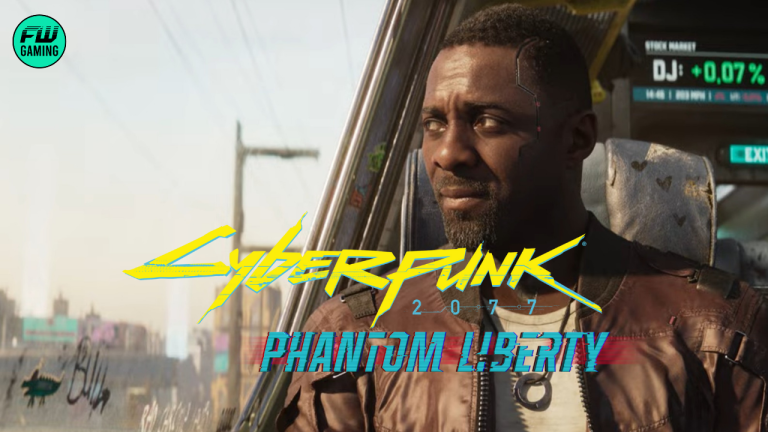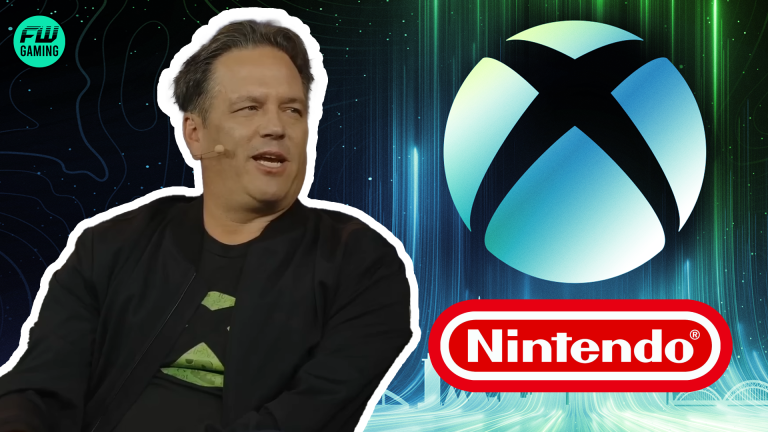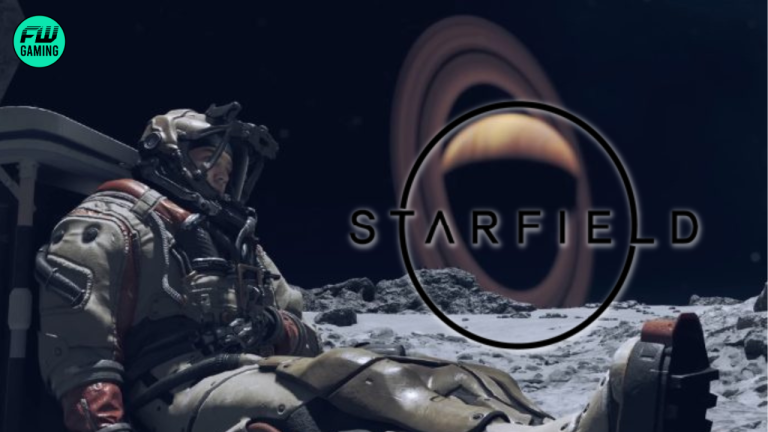Starfield is set for its official launch on September 6th and the highly-awaited and the biggest game launch in possibly a decade hasn’t been performing at par on Nvidia GPUs. AMD is the exclusive partner for Starfield on PC and it seems like they paid Bethesda to prioritize or say exclude AMD’s upscaling technology FSR Over Nvidia’s DLSS.
AMD Paid Starfield Publisher to Prioritize AMD Over Others
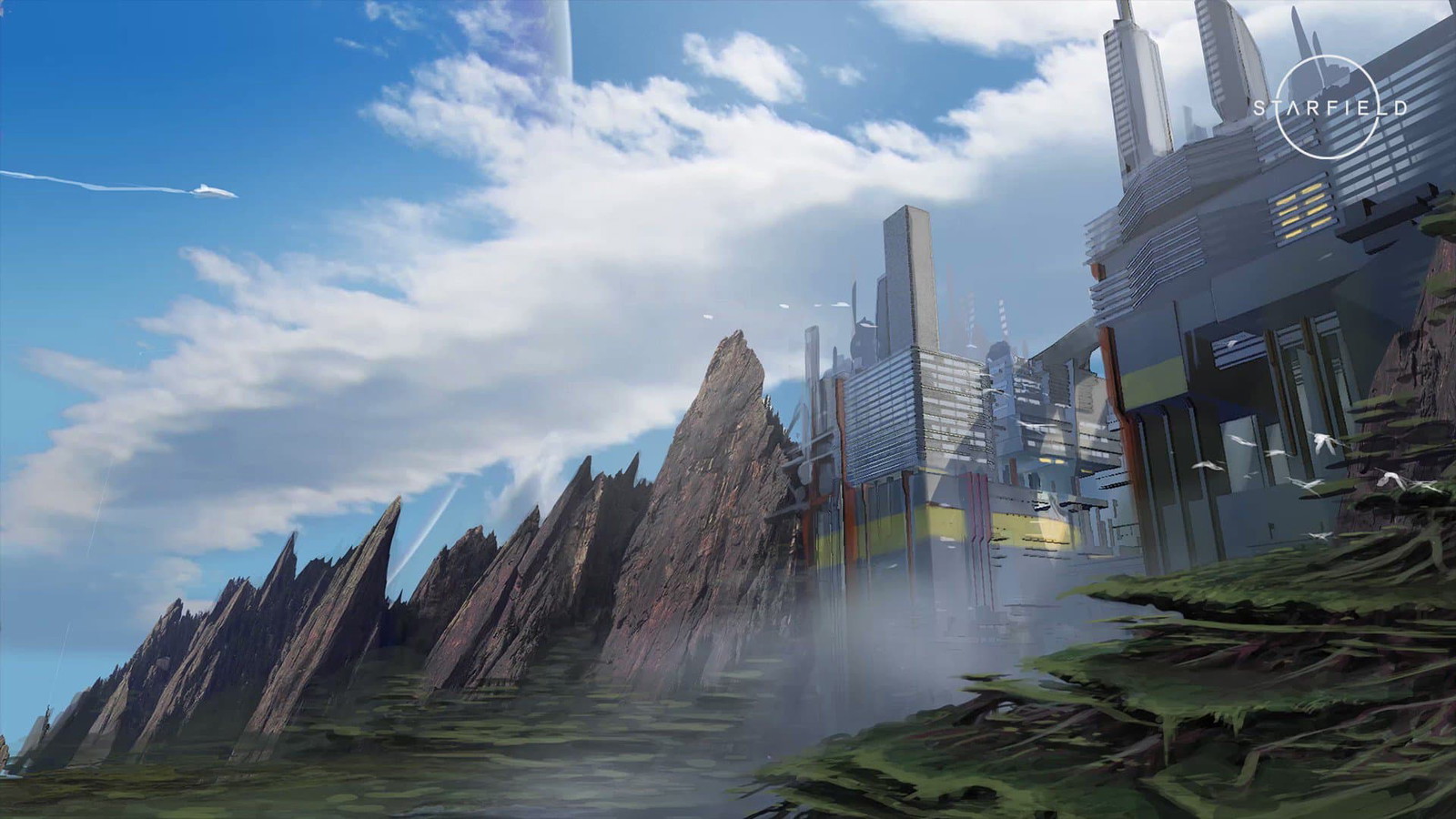
AMD Gaming Chief Frank Azor and co-founder of Alienware refuted the claims that they made Starfield exclusively support FSR but the game performance on Nvidia DLSS says the contrary. He said that publishers can add DLSS whenever they want but in this intricate situation, they do not want to put this answer on their partners. Here’s what he said:
“If they want to do DLSS, they have AMD’s full support. We want to be very careful not to put this answer onto our partners. Money absolutely exchanges hands. When we do bundles, we ask them, ‘Are you willing to prioritize FSR?’ If they ask us for DLSS support, we always tell them yes.”

Frank Azor said that when AMD pays publishers to bundle their games with new graphics cards they ask them to prioritize AMD features. Starfield is bundled with AMD’s recently announced 7800 XT and 7700 XT graphics cards and according to Azor, Bethesda too might have had other reasons to prioritize AMD FSR. He further stated,
“Bethesda’s decision to use FSR is console leverage. If and when Bethesda wants to put DLSS into the game, they have our full support.”
Starfield is Xbox’s biggest game release of the year and FSR runs on the AMD chips in the consoles Xbox Series X|S (Starfield has FSR 2), whereas Nvidia DLSS is exclusive to certain of its GPUs, still, it doesn’t sound like a convincing answer.

Also Read: Tokyo Game Show’s Schedule Revealed Ahead of Time – Fans Speculate Huge Announcements
Comparing the AMD FSR to the Nvidia DLSS
AMD FSR and Nvidia DLSS have been dominating the image upscaling technology in this era and with the biggest game releases players need to know what GPU they should go for. This technology was first introduced by Nvidia in 2019 and then AMD introduced FSR to gamers in 2021.
DLSS or Deep Learning Super Sampling is Nvidia’s upscaling technology and with this technology and Tensor Cores in its RTX graphics cards, Nvidia provides native-like picture quality and boosts up in-game performance. This has been effective in numerous games such as Red Dead Redemption 2, Call of Duty Warzone, Fortnite, and more. The DLSS minimal image quality reduction is a major advantage in comparison to the native resolution and sometimes Nvidia’s AI gives better image quality for small details.
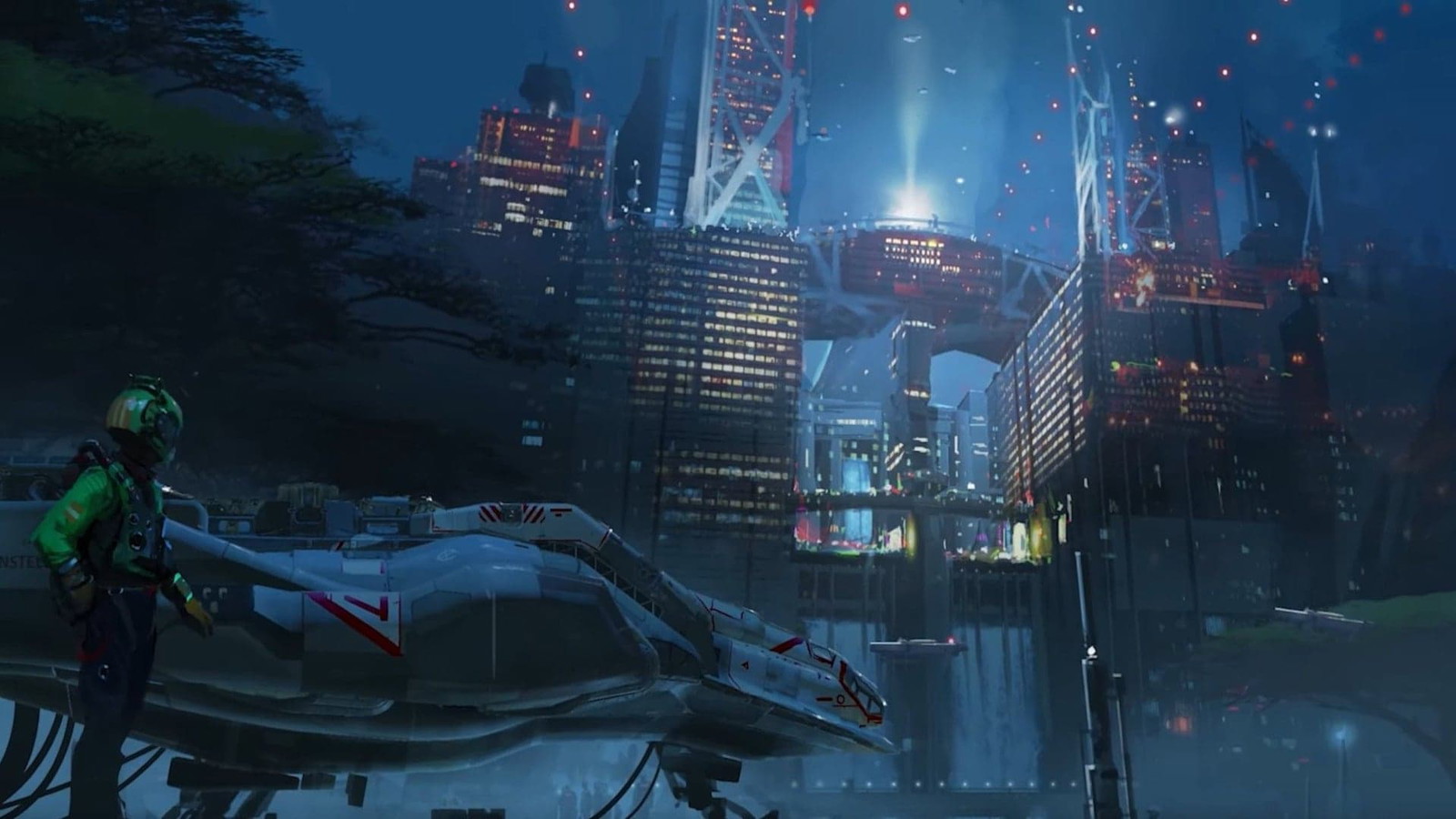
Nvidia has constantly brought upgrades to improve image quality and overall performance and the upgrade from DLSS to DLSS 2.0 was significantly seen. Nvidia then upgraded to DLSS 3.0 which supported artificial image frame generation and boosted the FPS and Nvidia has recently announced DLSS 3.5. However, the fact that DLSS is exclusive to Nvidia cards makes it hard for developers to implement it in games. DLSS is also limited to RTX graphics cards of different series.
FSR or FidelityFX Super Resolution is AMD’s upscaling technology and uses software-based spacial upscaling unlike Nvidia DLSS as it uses hardware like Tensor Cores to upscale images. FSR produces similar image quality to DLSS but DLSS is the superior technology as it uses RTX hardware.
Also Read: Starfield September Soars Xbox Series X to New Heights with More Than 1000% Jump in Amazon Sales
AMD FSR is Easier To Integrate Into Games
One of the main pros of FSR is it is software-based and open source which makes it easy for game publishers to implement it than DLSS, even though the options are for both. FSR can also be used on several graphics cards from AMD, Nvidia, and even Intel. DLSS image quality is only a bit faster on 4k than FSR and if the resolution is dropped down, the performance uplift is identical in 1440p and 1080p and they both provide 10 to 15% of extra FPS.
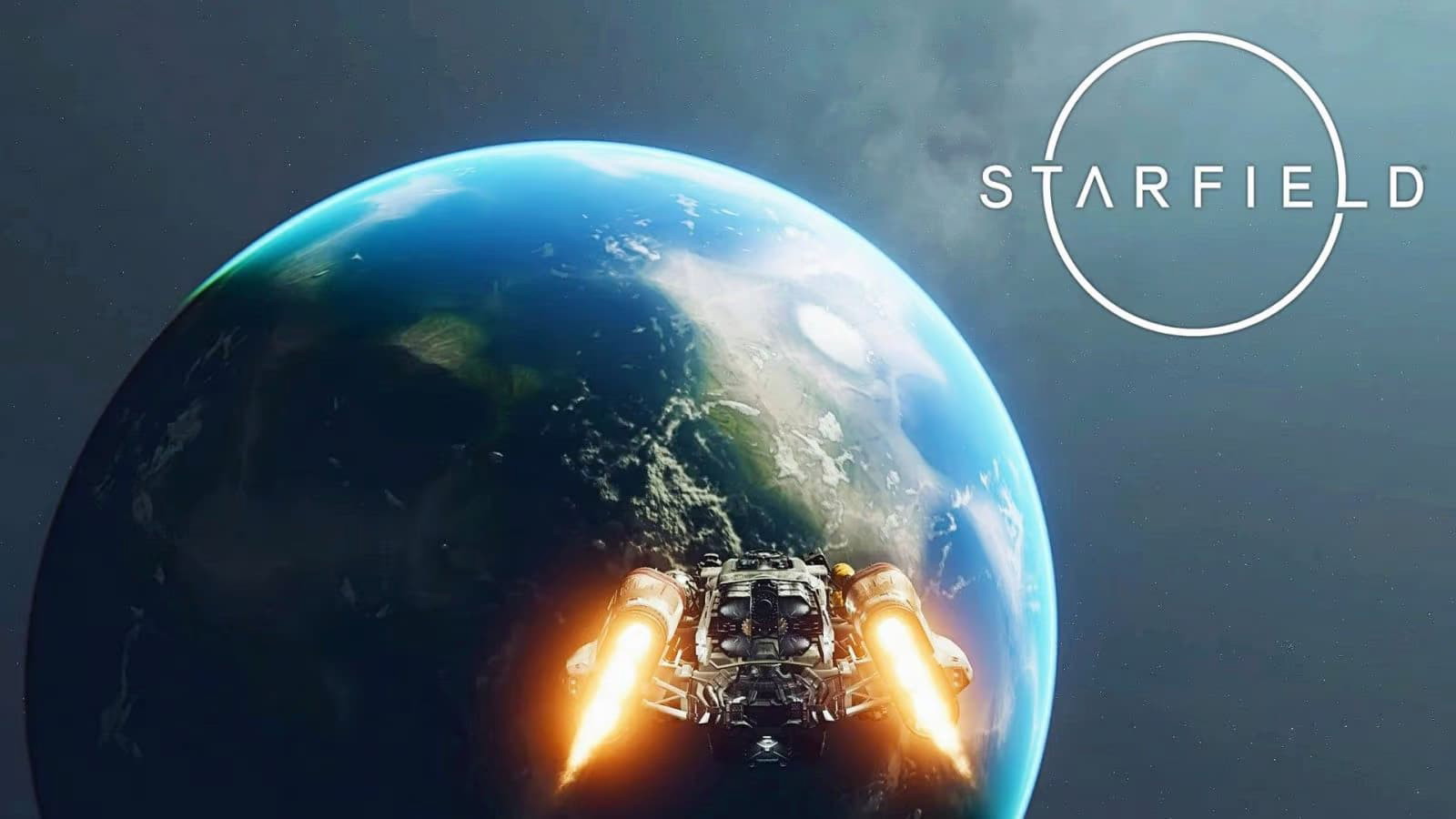
Overall, Nvidia DLSS is a better choice than AMD FSR taking factors such as image quality, performance, and game support into consideration. Both technologies have their pros and cons, such as Nvidia delivers slightly better images and FSR is open source and easy to integrate, FSR is also not limited to any specific cards and has better hardware support.
Also Read: Starfield Owes Part of its Success to Three Other Internal Studios
Source: The Verge

